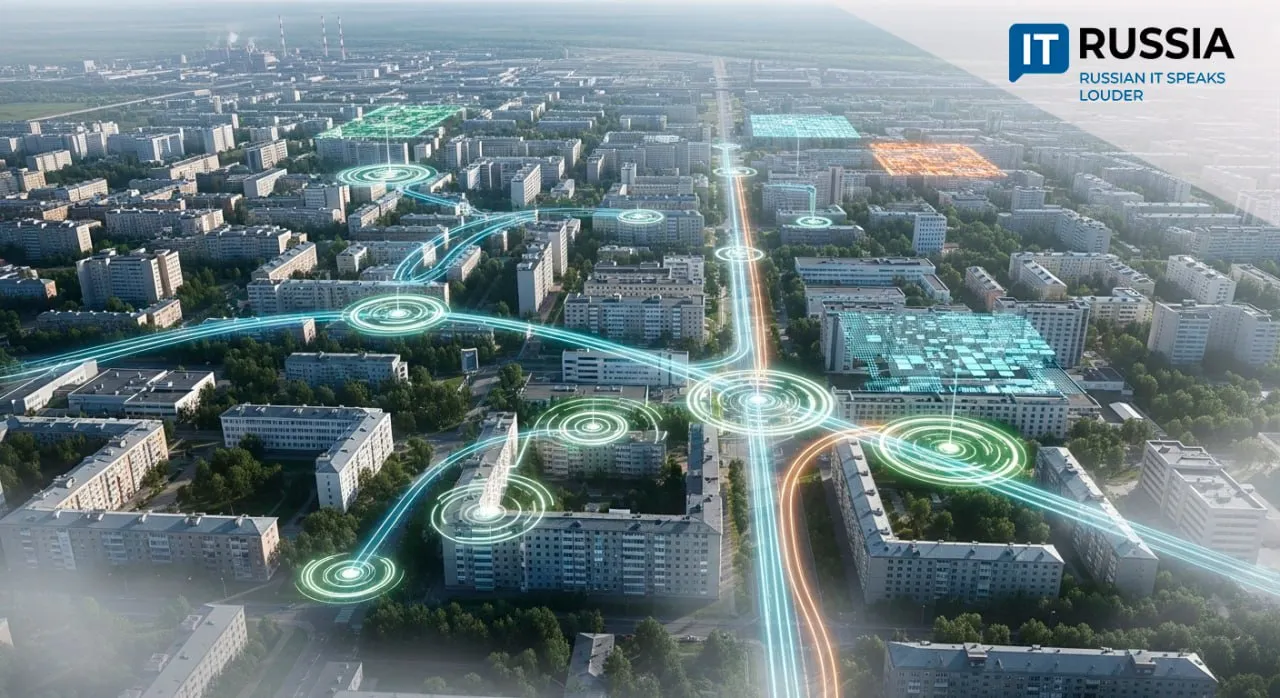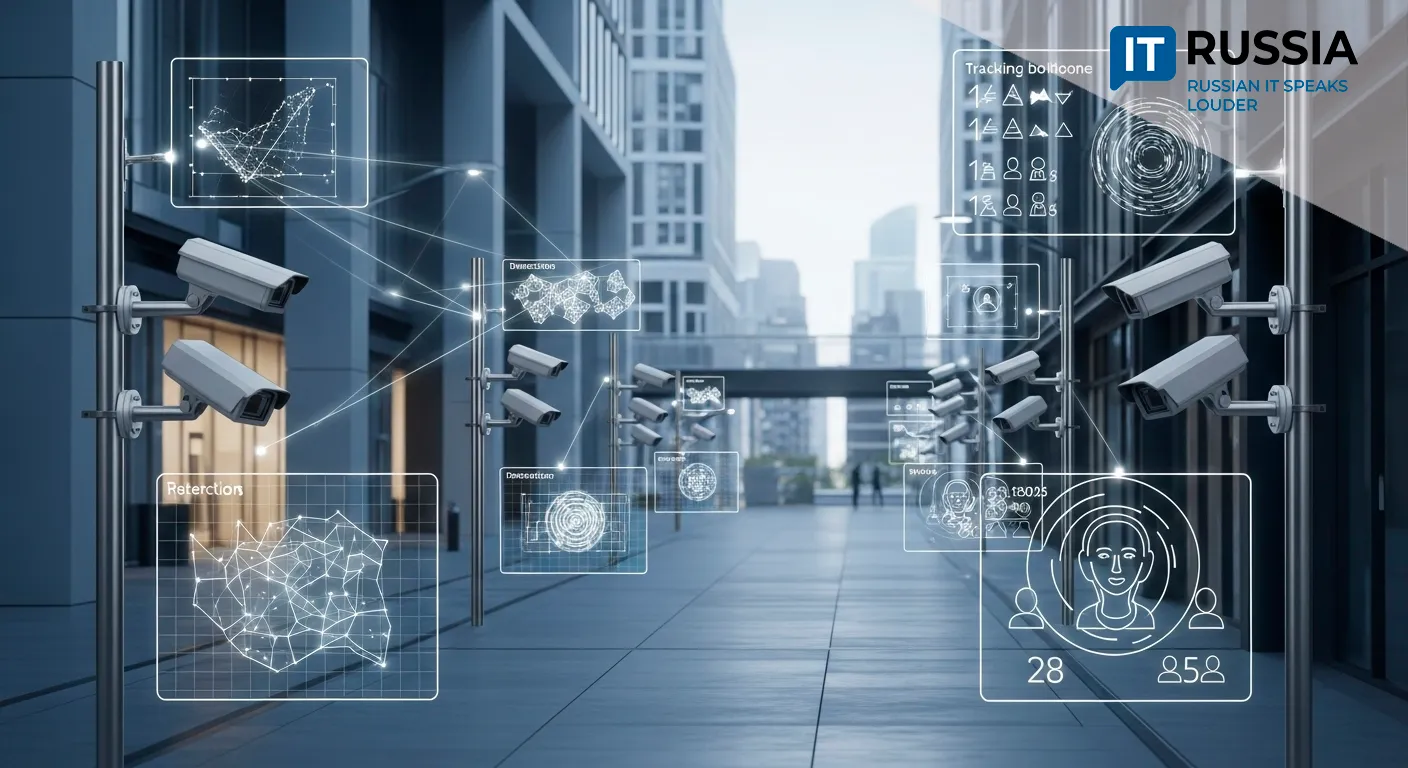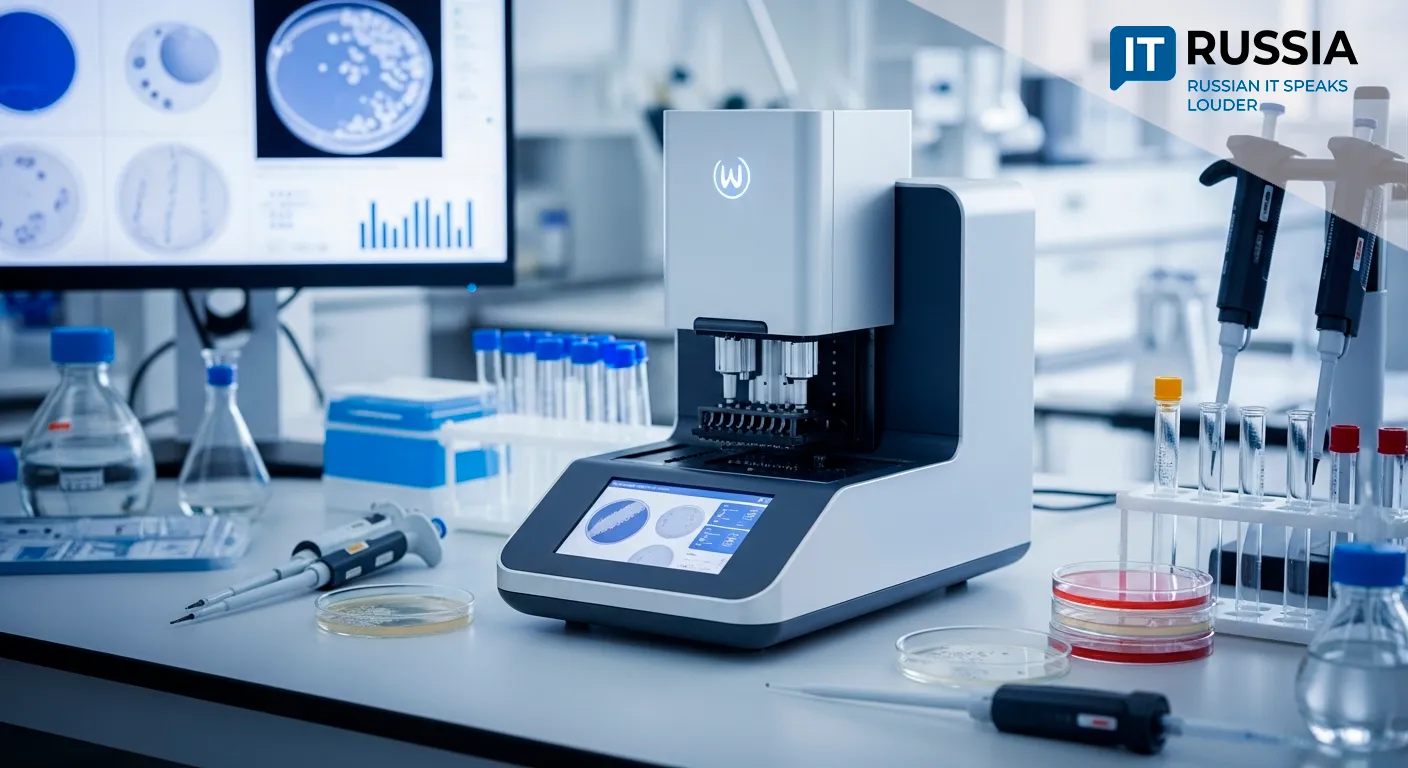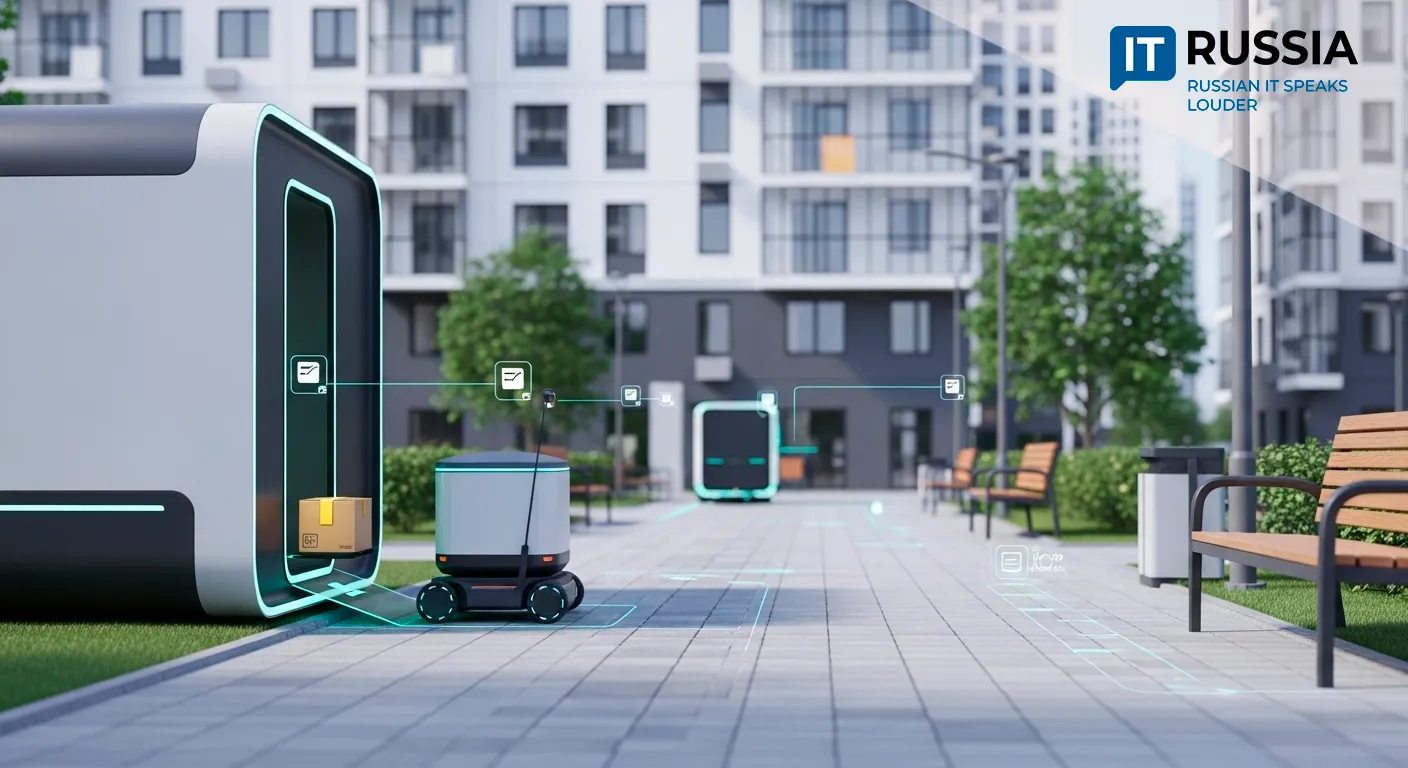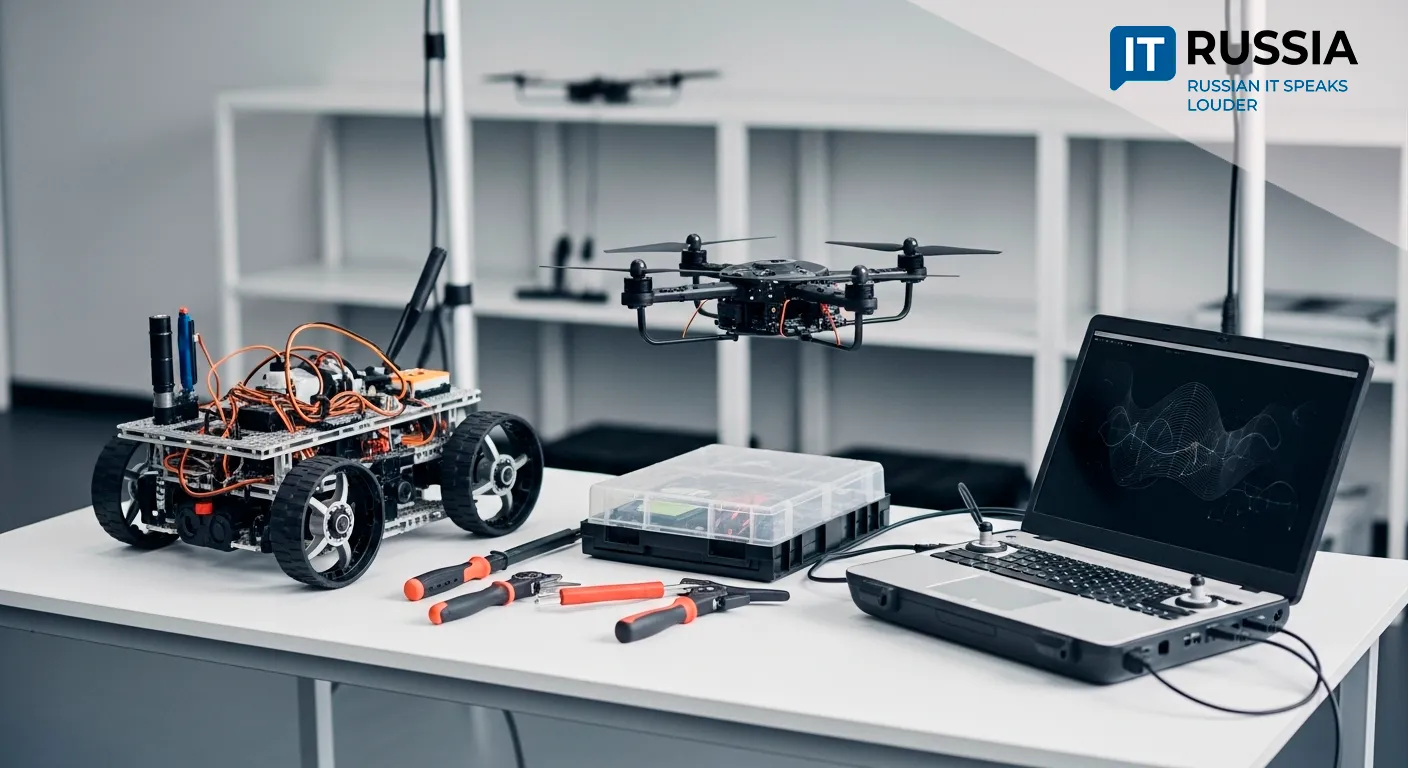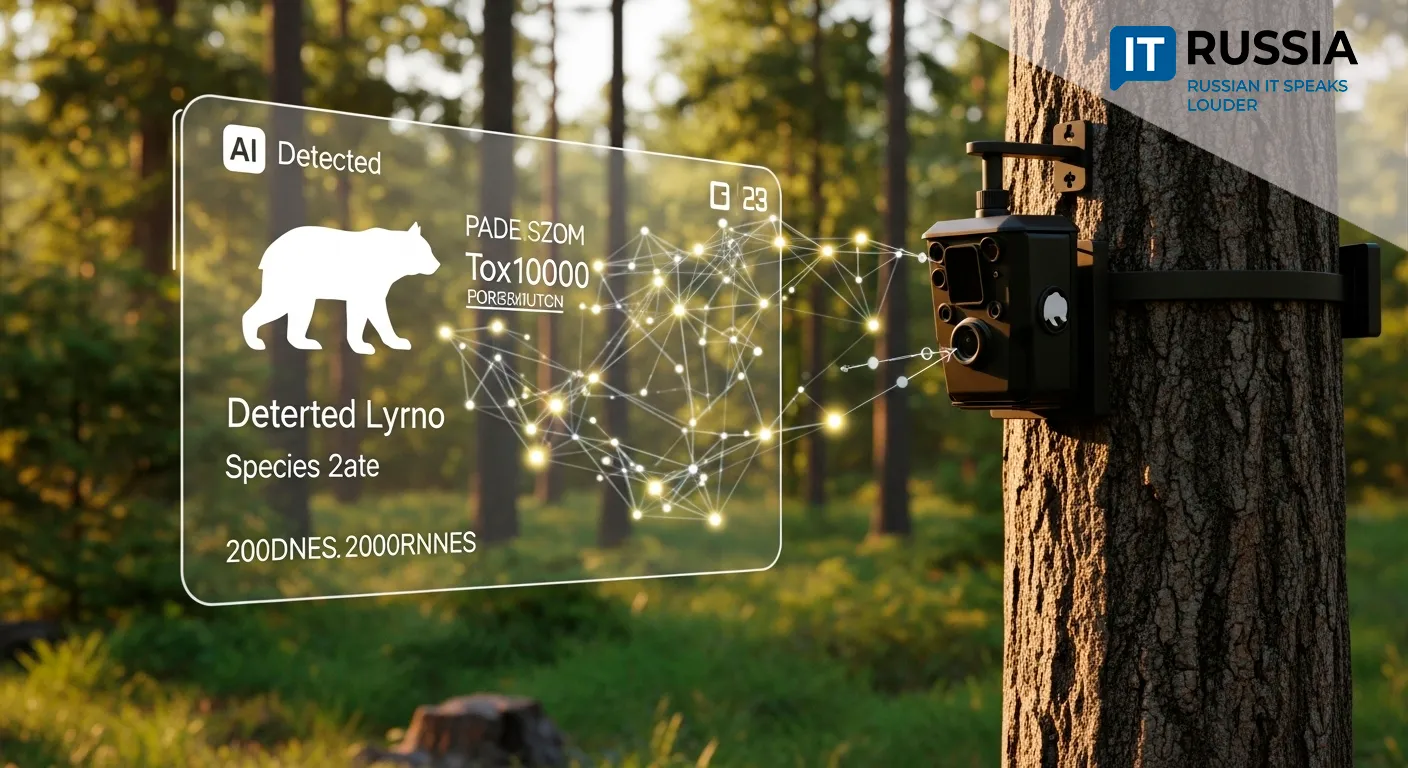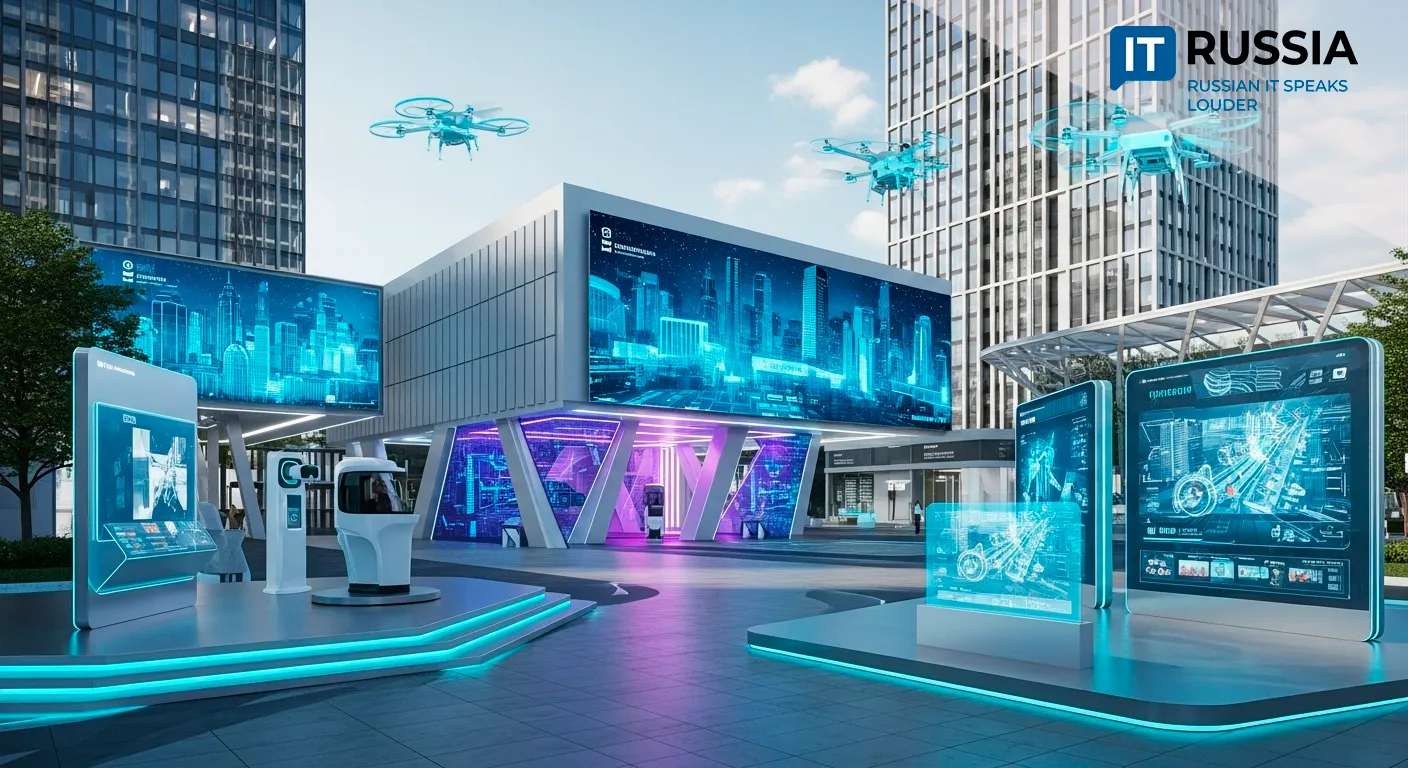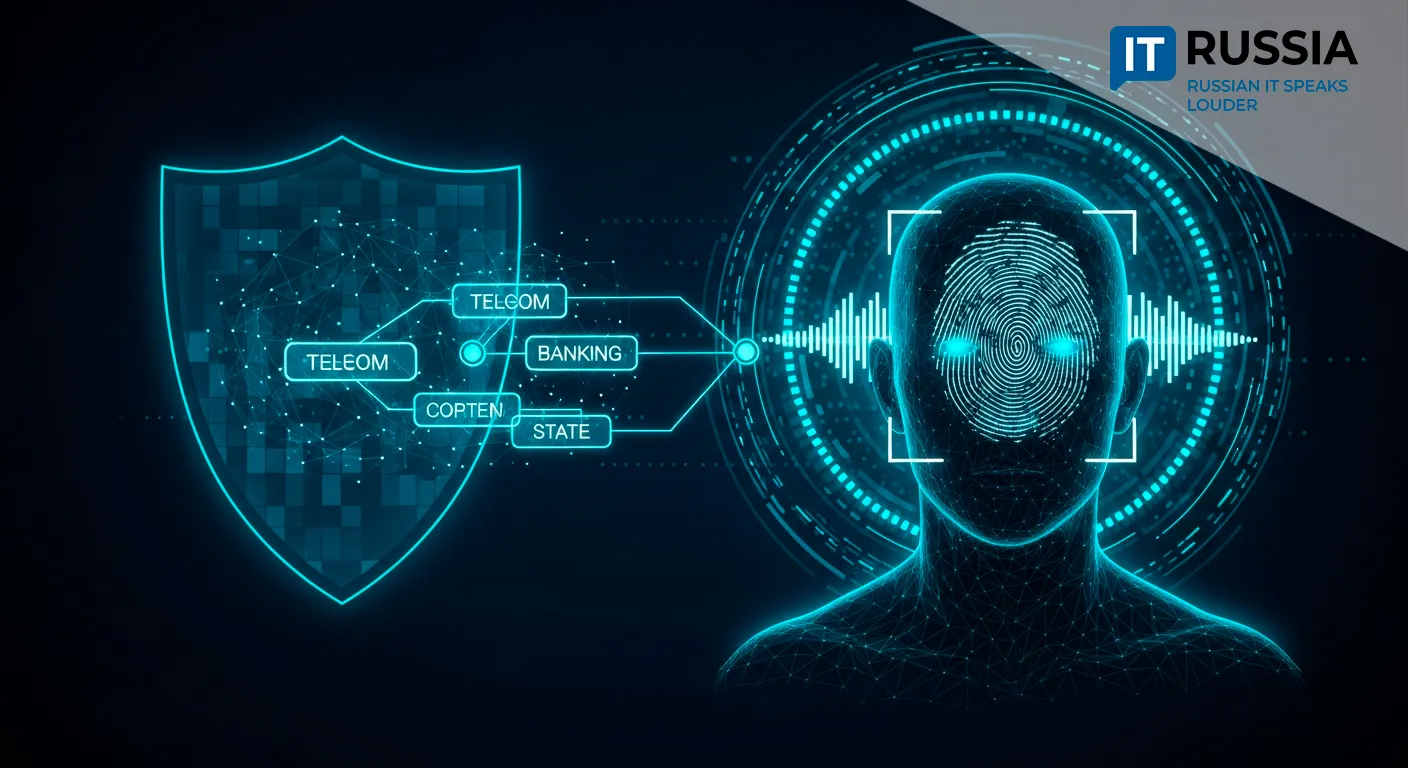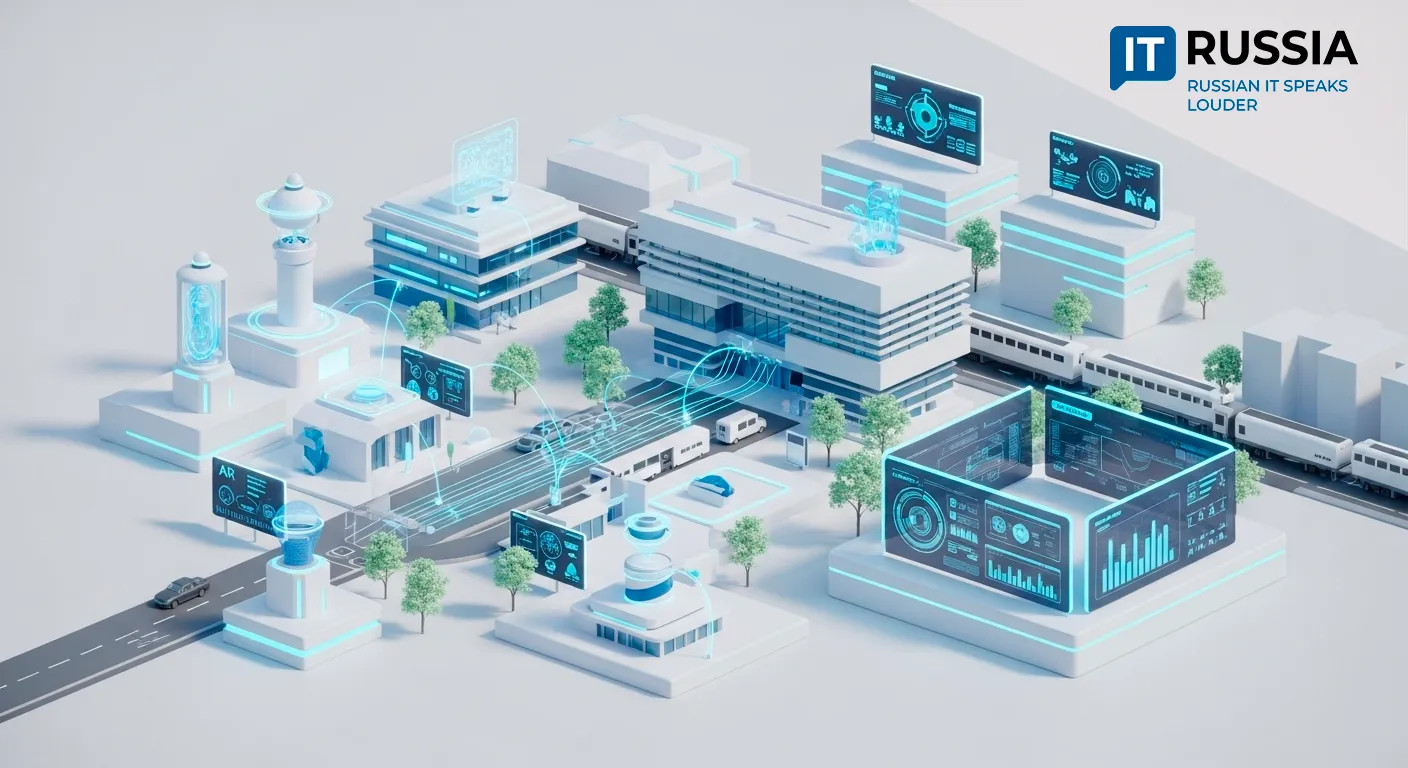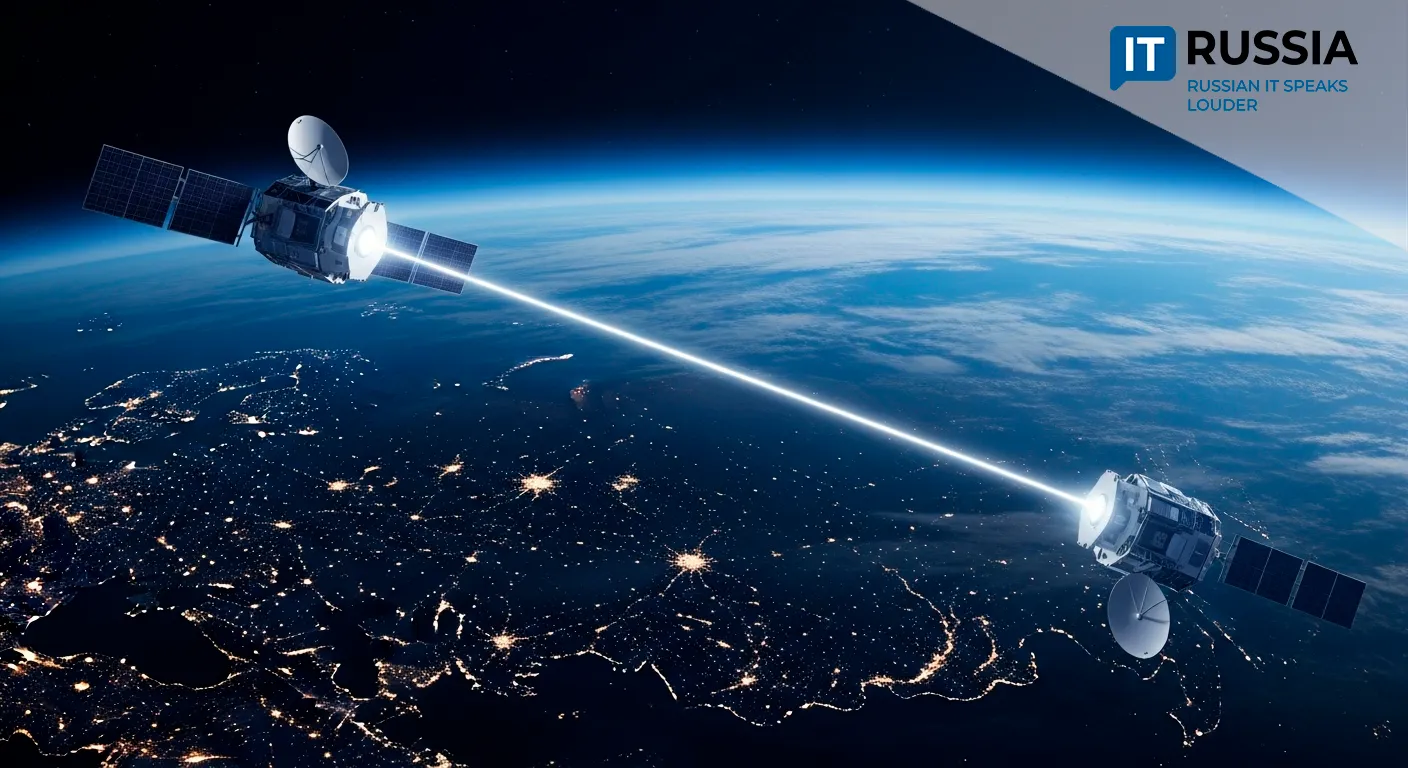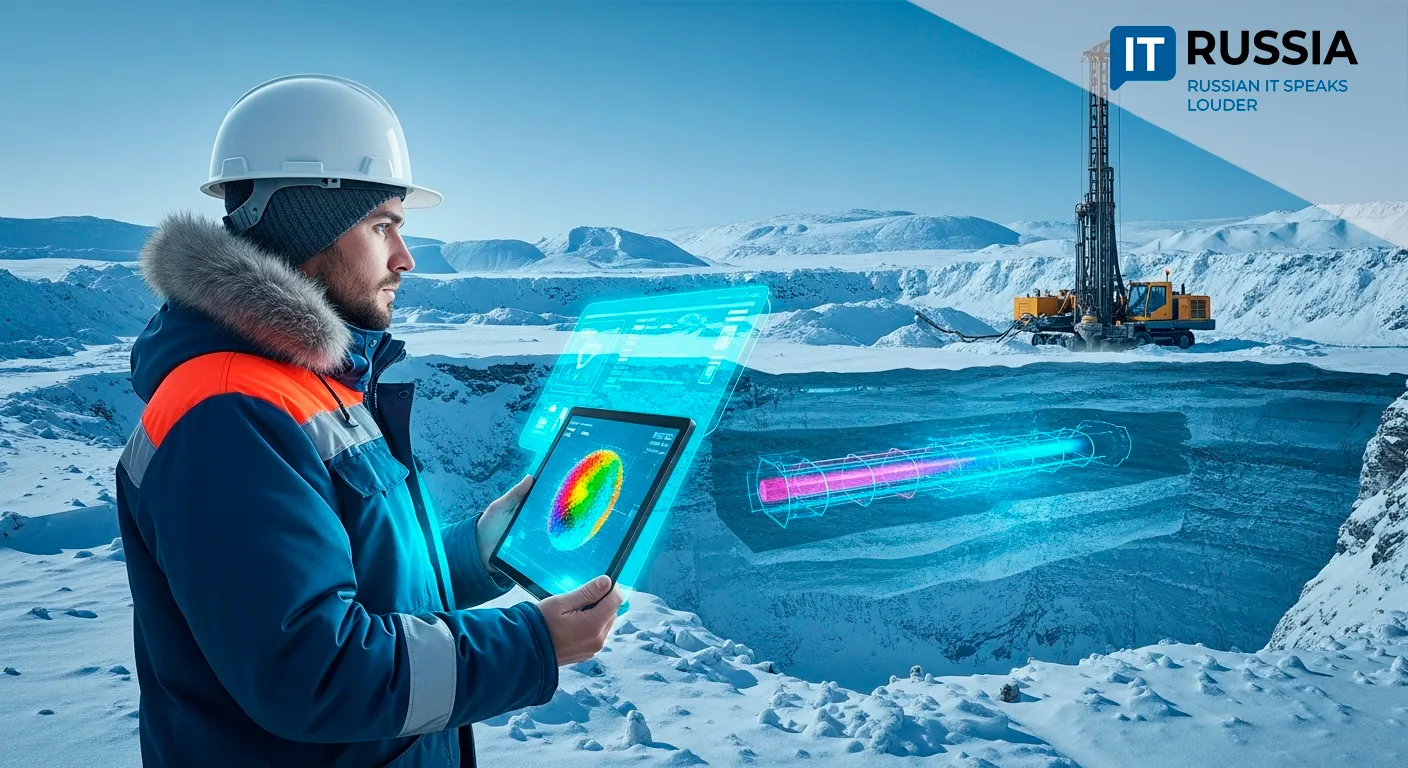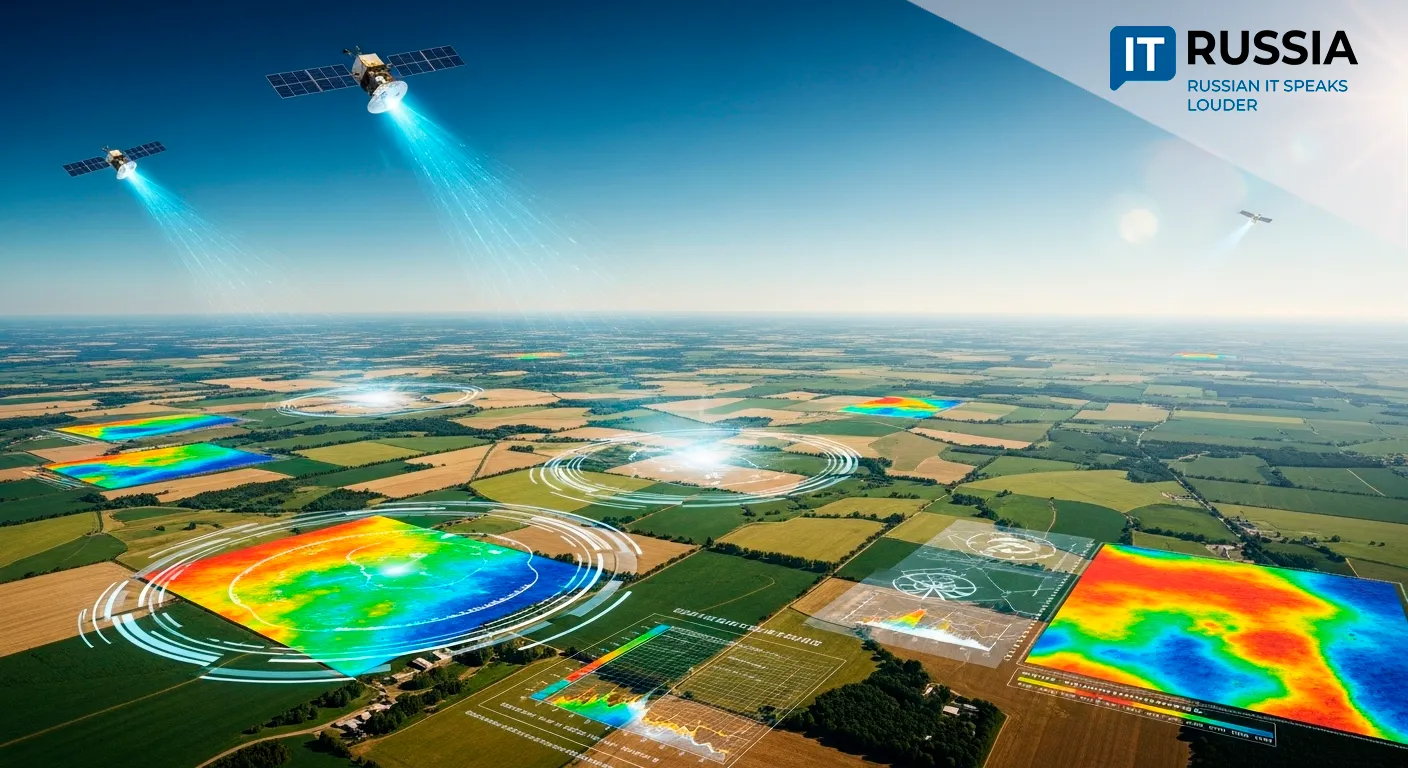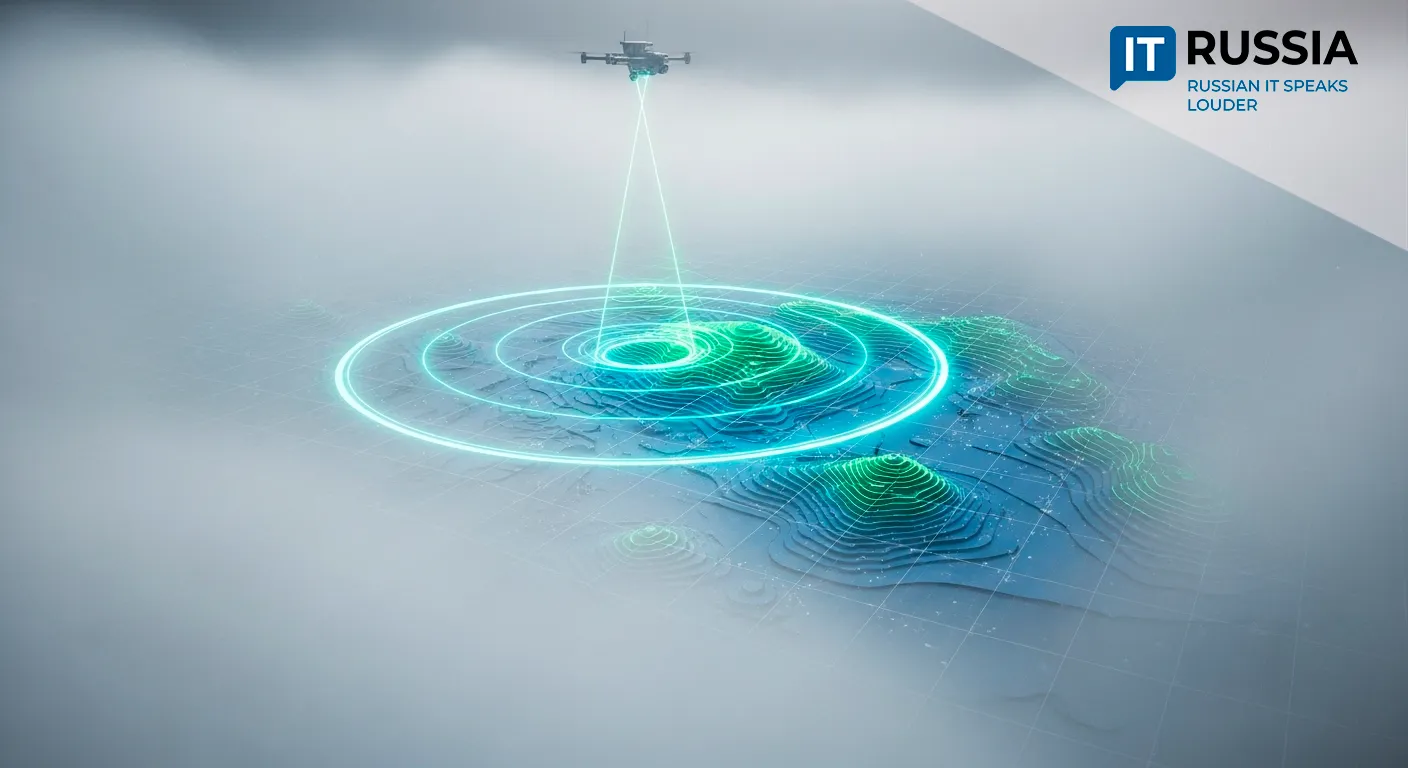St. Petersburg: How AI and GIS Are Transforming Urban Sanitation and Setting New Trends
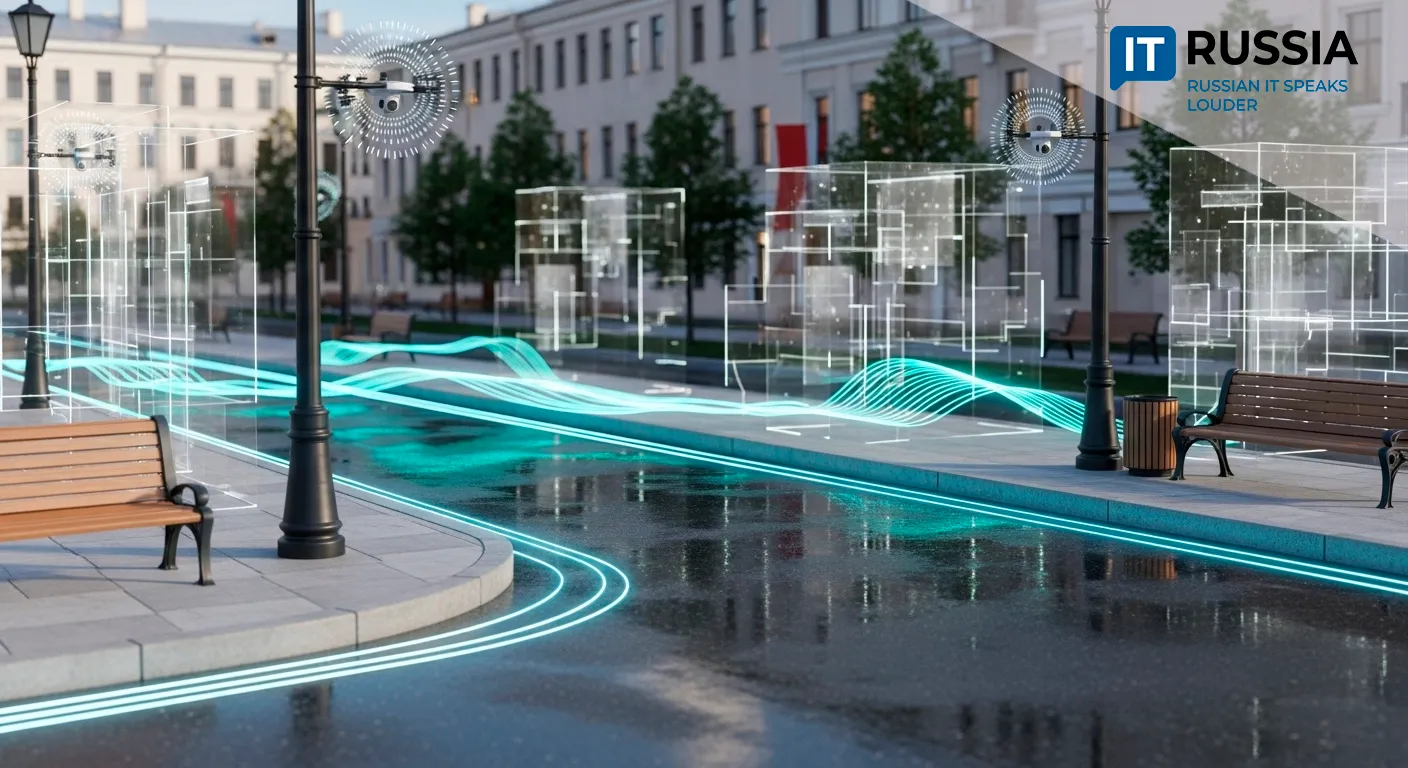
St. Petersburg has made a major leap in managing urban infrastructure. The city’s Integrated Urban Management Control Center (IUMCC) has rolled out a smart monitoring system for street cleaning, uniting over 600 users from 143 organizations — including 23 cleaning companies.
Digital Oversight in Action
The roots of digital street and yard cleaning oversight in St. Petersburg trace back to the early 2000s. At the time, the Municipal Equipment Monitoring System (MEMS) was considered groundbreaking. But over time, it became clear that a new architecture and modern technology were required. This gave rise to the 'Street Road Network GIS', which later became part of the Integrated Urban Management Control Center.
Today, all municipal vehicles are equipped with GPS trackers, work crews log activities through mobile apps, and AI algorithms monitor road and sidewalk cleanliness using city surveillance cameras. As a result, 'dead mileage' of cleaning equipment has been cut by 30% thanks to route optimization, response time to issues has dropped to under 39 minutes, and contractors are paid transparently via automated service verification.

For the IT sector, this is a showcase of large-scale integration between GIS, AI, and municipal operations — providing both control and optimization for city services.
From Street Crews to Global Export
The St. Petersburg model is being considered for replication in other Russian regions, whether as a full system or through modular deployment. The mobile app used by street crews, for instance, can become the backbone of an end-to-end oversight tool.
The system’s integration with the national Housing and Utilities GIS will enable automated verification of building management company performance.
Meanwhile, the city’s AI module is already learning to identify more than 15 issue types — from invasive weeds to graffiti and potholes.
The system is also well-positioned for adaptation in post-Soviet megacities facing similar urban challenges.
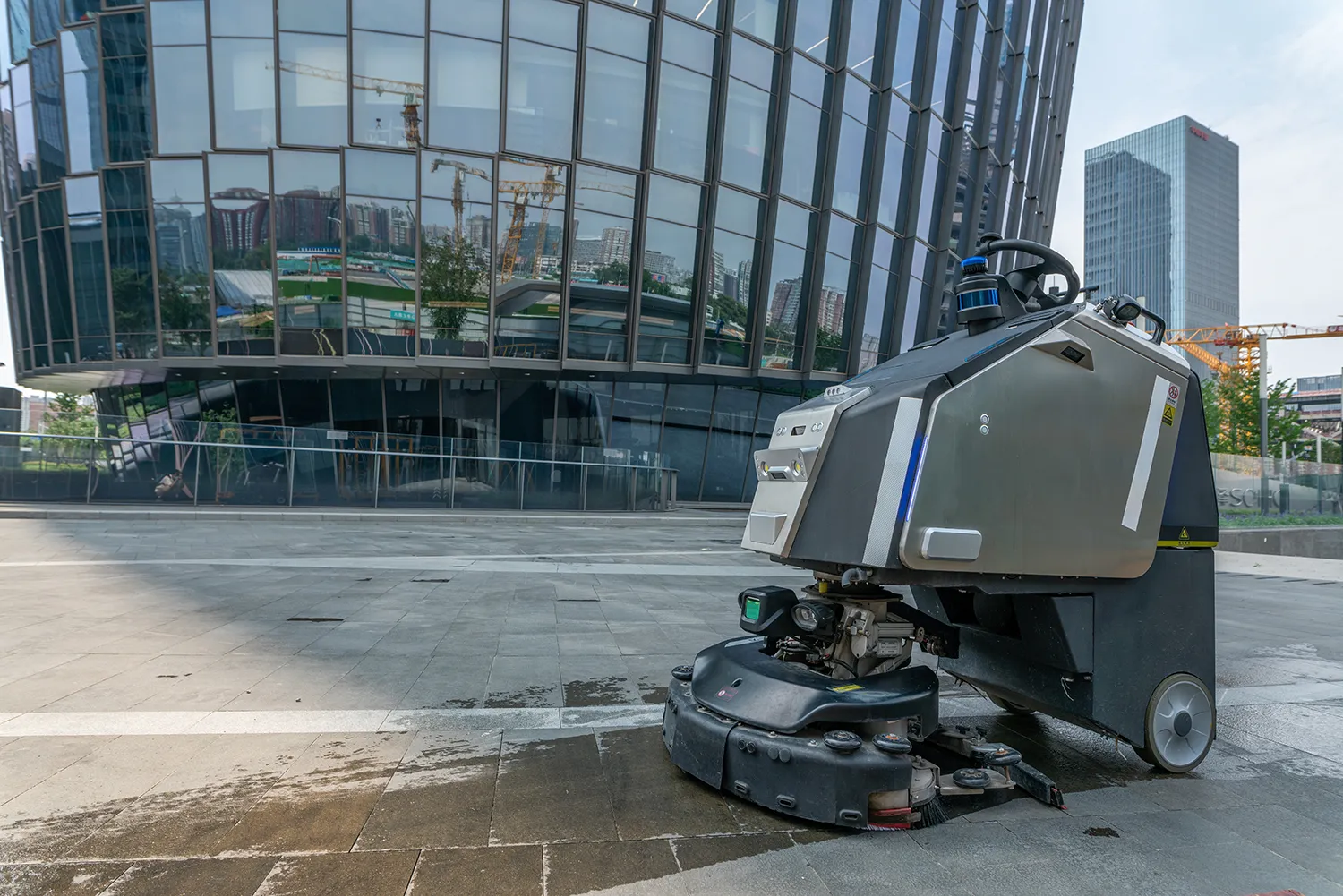
Five Years of Digital Utilities in Russia
Between 2019 and 2021, Moscow led the nation in Smart City implementation, accounting for more than 93% of Russia’s digital urban technology deployments.
In 2022, smart waste container sites began to appear in Moscow and its suburbs. Pilot results showed a 15% logistics cost reduction due to demand-based, rather than scheduled, pickups.
In 2023, the Russian Environmental Operator launched a pilot program in several regions to track solid waste.
In 2024, Novosibirsk developed a data visualization tool for managing and maintaining its road network.
Where the Industry Is Headed
St. Petersburg now offers one of the most effective models for smart utilities management, but sustaining this progress means addressing several key issues.
Analyst projections indicate that the global Smart City market will reach $2.74 trillion by 2034. Russian solutions — particularly in transportation logistics and monitoring — may secure a substantial share in the CIS region.

Automation could lower city sanitation costs by up to 25% by eliminating 'blind spots' and minimizing fraud among contractors.
However, risks are growing as well. The widespread use of surveillance demands strict data usage policies. Regions with weak connectivity may struggle to deploy AI-driven solutions. Resistance from property management firms and service providers is also possible, as greater transparency may affect their revenues.
Over the next few years, St. Petersburg’s system will evolve into a full 'digital twin' of its urban sanitation infrastructure. Similar models may soon appear in other major Russian cities. With global Smart City growth averaging 21.5% per year, Russia has a chance to offer not just software, but holistic operational systems for municipal services.








